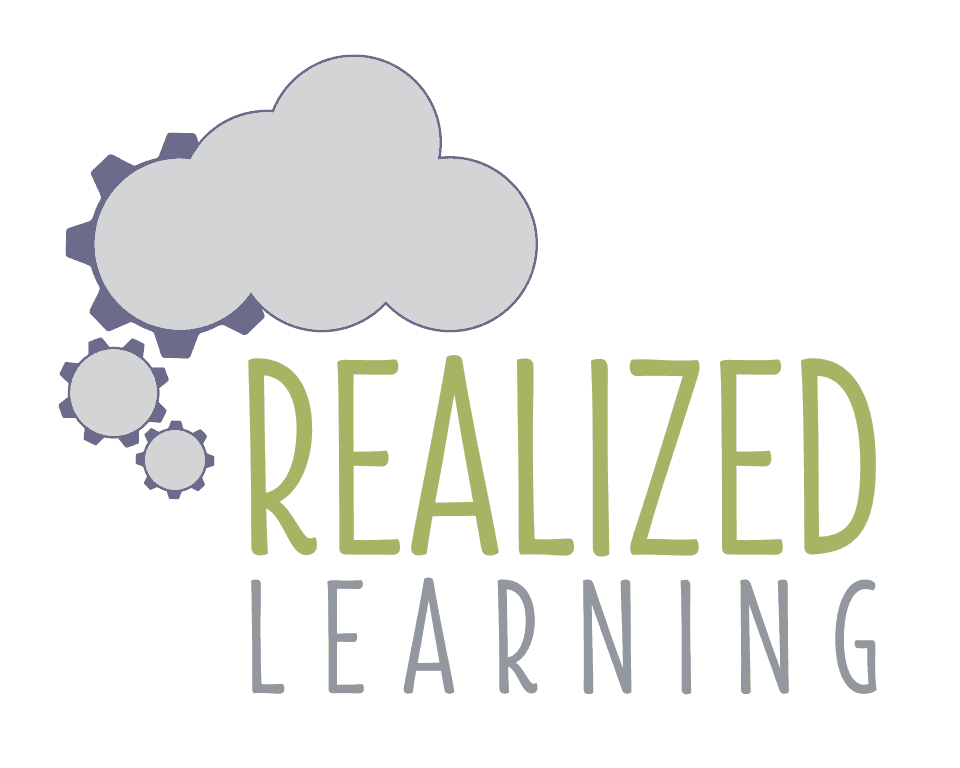Now is the perfect time to get outside and leave the stresses and confines of quarantine at home. While we may still feel the pressure to socially distance and be mindful of our health, especially at this time, enjoying all that nature has to offer is a great way to calm the mind and ease the spirit. Learning is happening all the time, but it is important to draw your child’s attention to the world around them in unique ways. This doesn’t have to be explicit, formal instruction (although there’s undoubtedly value in teaching skills like planting a flower or drying herbs), but a way to open the door to further inquiry and discovery. Here are some ways you can help your child look at their surroundings with new eyes.
Drawing
Recreating nature through art is a wonderful activity that can build fine motor skills, attention to detail, and artistic ability. Sometimes I hear from students, “I’m not good at art”. But what they don’t realize is that drawing a picture of something is a skill that takes practice and is not necessarily reliant on raw creativity. It’s like playing a piece of music. You learn the piece by practicing it over and over and then you are able to play it well. You are not writing a piece of music, but rather replicating what’s already there. Anyone can learn to draw and you don’t need to be super creative to do it.
One of the projects I loved while I worked at Brookwood School in Manchester, MA involved art and science. Students chose one spot outside and their task over the course of the school year was to periodically draw that same place over and over. With the changing seasons, each place transformed over the course of the year. This is a great project to replicate with elementary and middle school aged children. Your child could choose a tree, plant, or any place outside and over the course of the summer, draw a picture of the same place weekly. This could be done using the same medium, or you could change it up. Maybe one week your child uses watercolor, and the next markers. Their art will look different anyway, because different plants bloom at different times, weather changes, and nature is constantly shifting.
Words
Language plus experience is what allows children to understand and communicate. Pre-K and Kindergarten age children sometimes struggle to comprehend words like: on, in, below, under, above, over, across, before, after. These prepositions can be difficult unless your child has the experience to create a context. Simply drawing your child’s attention to these words by saying things like “I see you are on the slide” or “I notice you went under the monkey bars” can help them develop understanding of how to use these words. A fun way to incorporate them into your outdoor time is to play Simon Says. Using commands like “hop on one foot” or “stand on the porch” gives children different contexts for the same word and provides deeper understanding of how these words are used.
For children in elementary grades, boost their vocabulary by creating a chart of adjectives, or describing words, like the one below. Your child can move around the yard feeling, touching, and writing down or drawing pictures of what they find that fits those descriptions. It may be helpful to give them examples first. You might point out that a basil leaf is smooth. Ask, “What else can you find that feels smooth?” Be sure to forewarn your child of any plants they should not touch.
| Describing Word | Example | Your Find |
| smooth | Basil leaf | |
| rough | pavement | |
| bumpy | ||
| soft | ||
| damp | ||
| dry | ||
| prickly | ||
| slippery |
Scavenger Hunts
Scavenger hunts encourage children to notice their surroundings in new ways. Kids love the challenge of completing the list and they can do it on their own or with a partner. This Reading Mama has great ones for younger children. For elementary children, there are lots of different scavenger hunts you can put together. A scavenger hunt featuring different shapes challenges children to spot polygons in unusual places like in your yard or in the neighborhood. You can go simple and have a color scavenger hunt or a number scavenger hunt. There are lots of different ways you could structure this.
These activities are great starters for having fun and learning outside, but you also want to be open to ideas your child may have. Brainstorming together is quality time spent, and helps you better understand what kind of learner your child is. For more ideas, check out Jennifer Findley’s post on outdoor learning.
Comment with your favorite outdoor learning activity or share this post with a friend!
